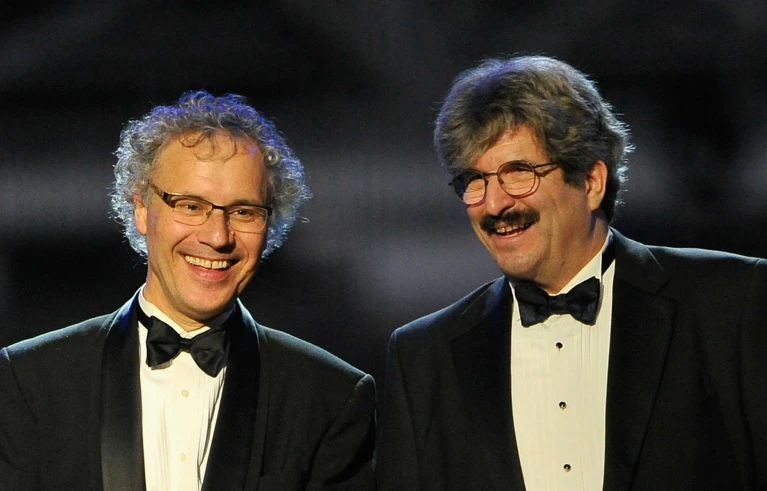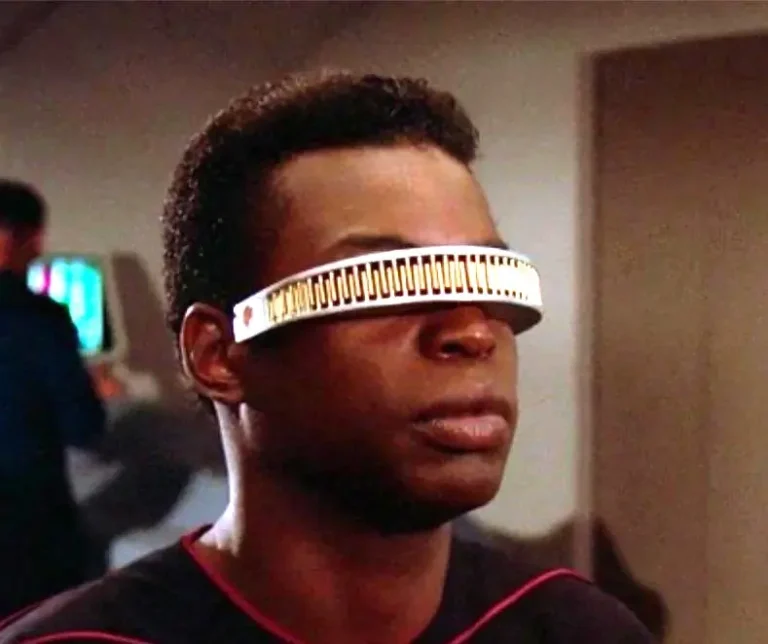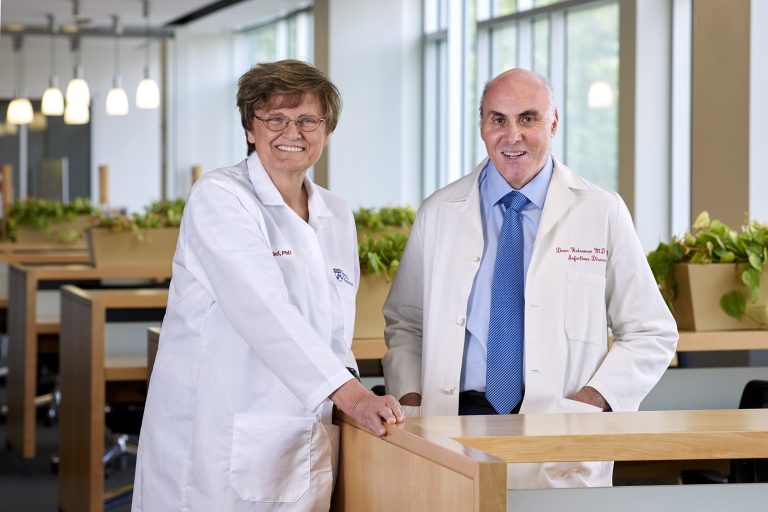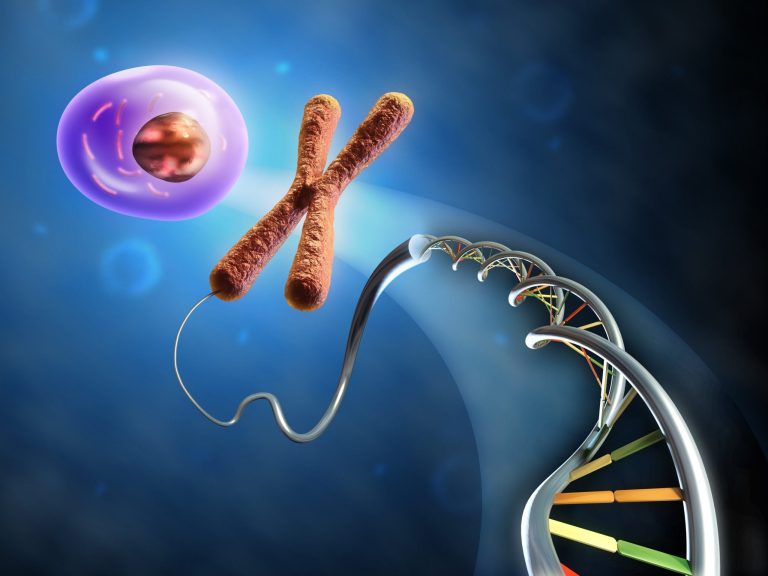Posted inMedical Marvels News
Nobel Prize 2024: US Scientists Win for Gene Regulation Discovery
Table of Contents Victor Ambros and Gary Ruvkun were named the recipients of the Nobel Prize 2024 in Physiology or Medicine for their extensive research that led to the discovery of microRNAs, small nucleic acids important to gene regulation. This announcement was made on October 7, 2024. The Nobel Prize 2024, established by Alfred Nobel's will, is awarded by the Nobel Assembly at Karolinska Institutet in Stockholm, Sweden. The prize recognises significant contributions in…






